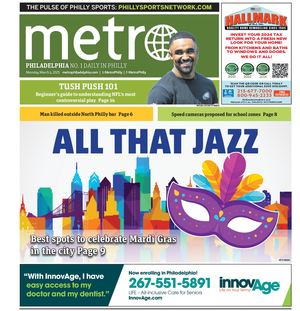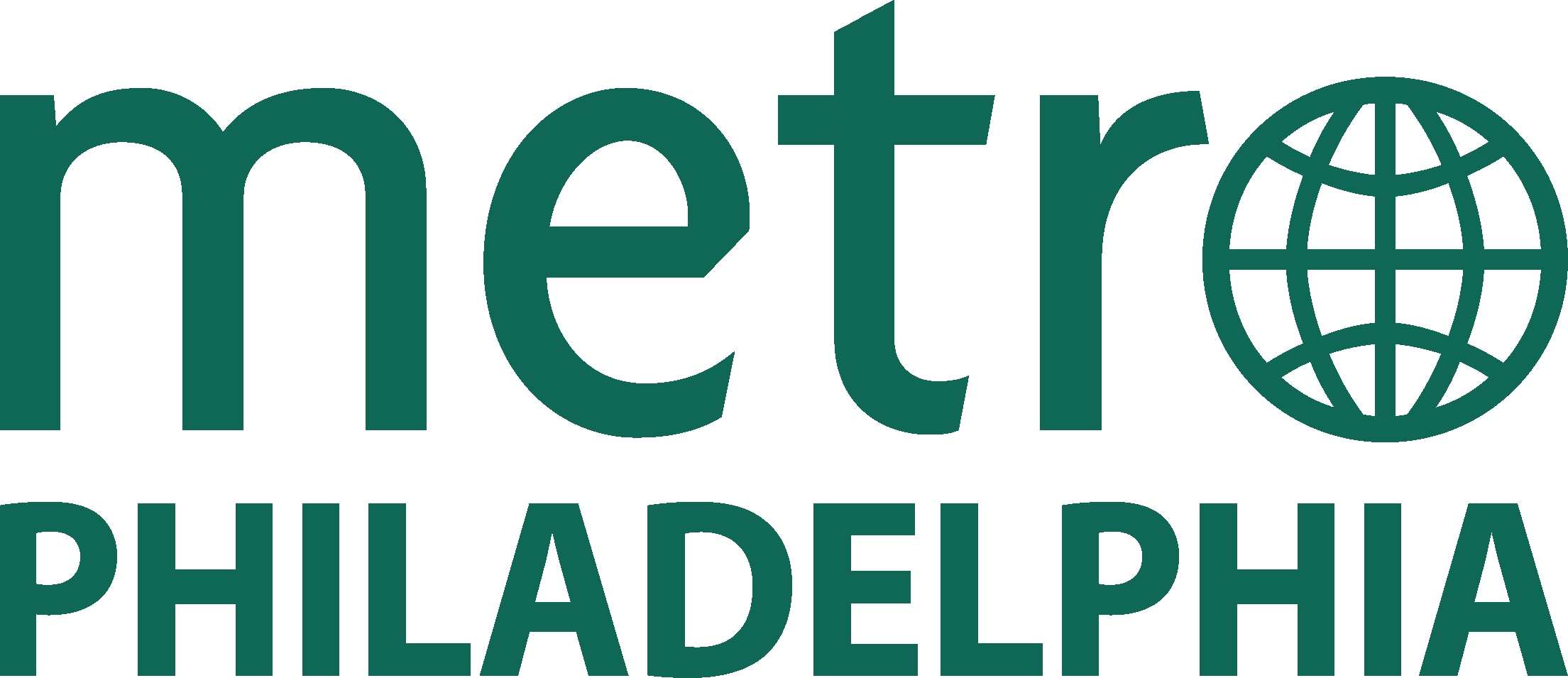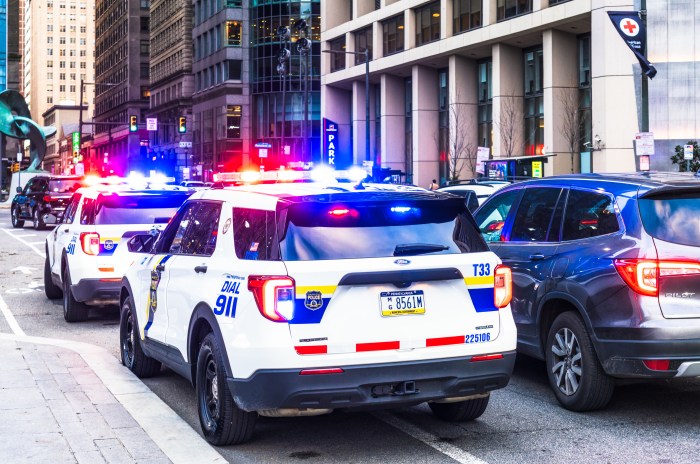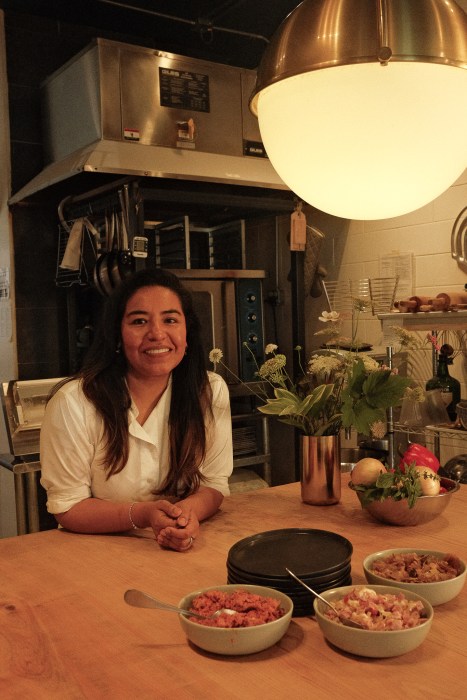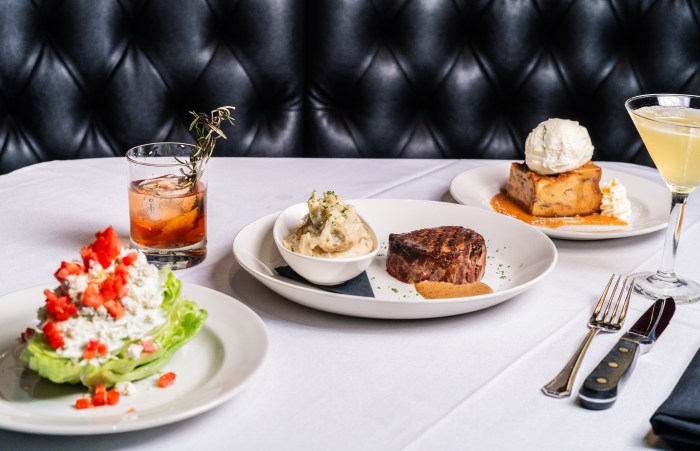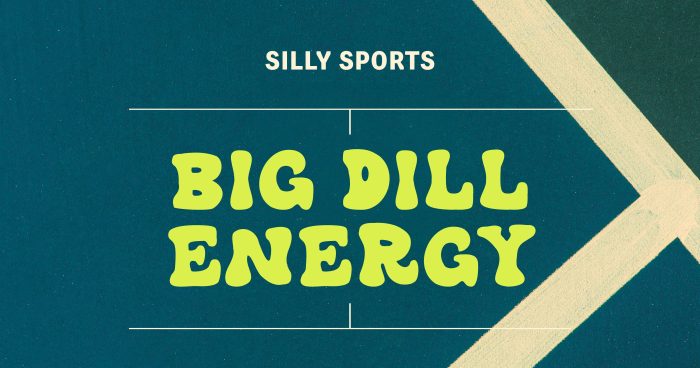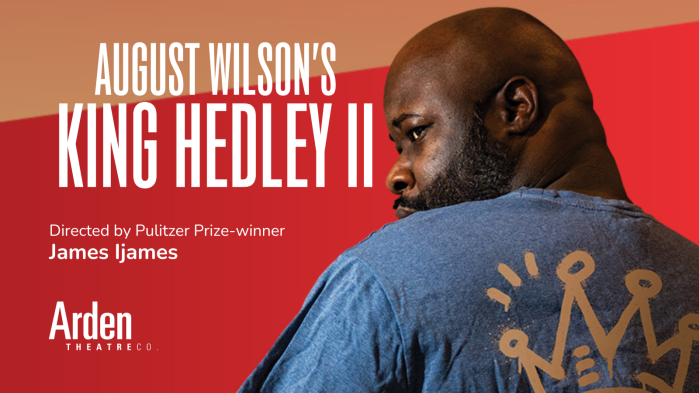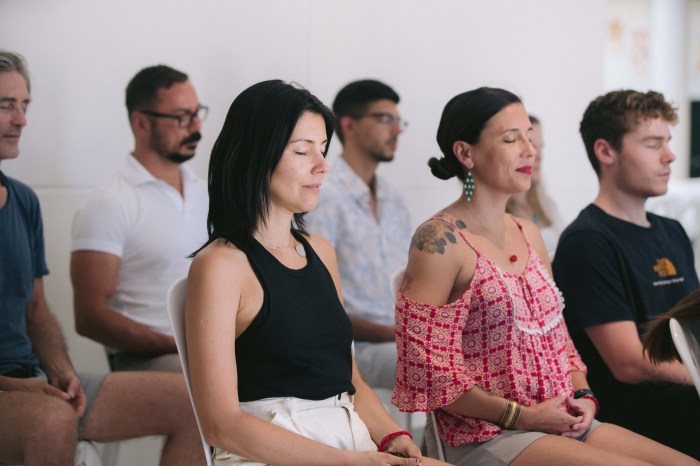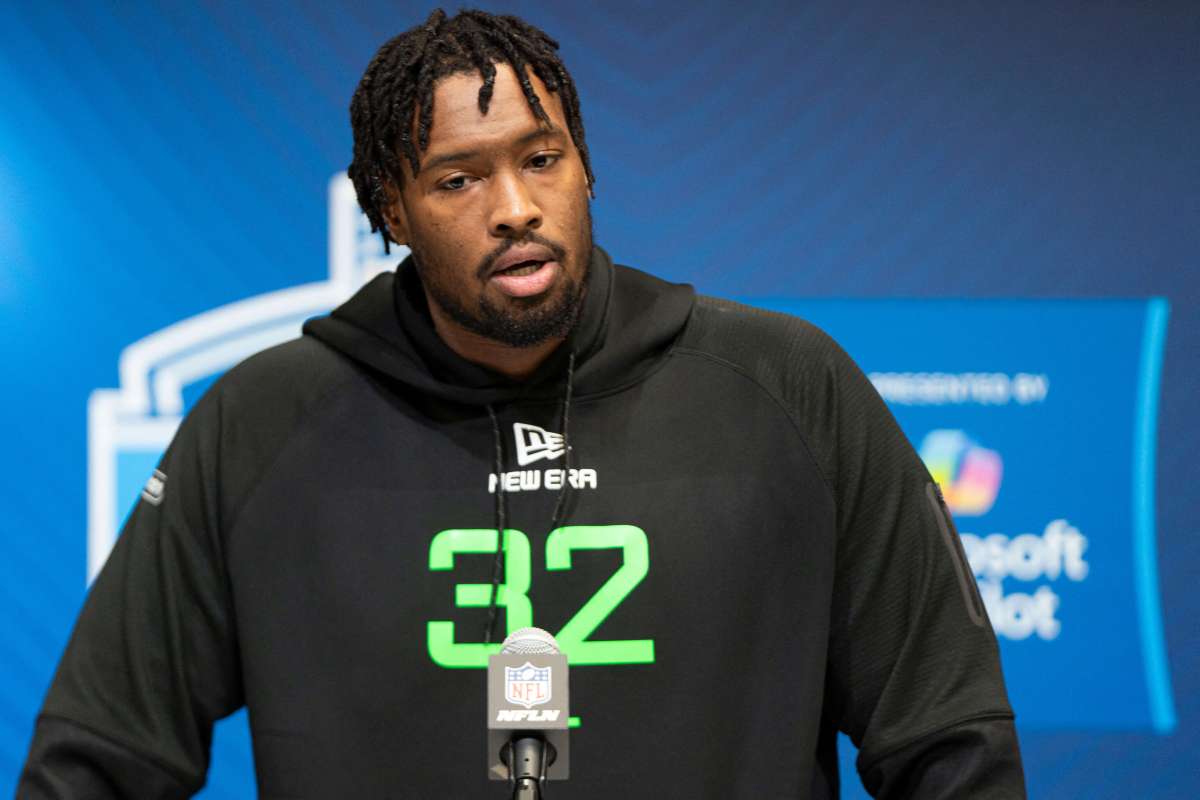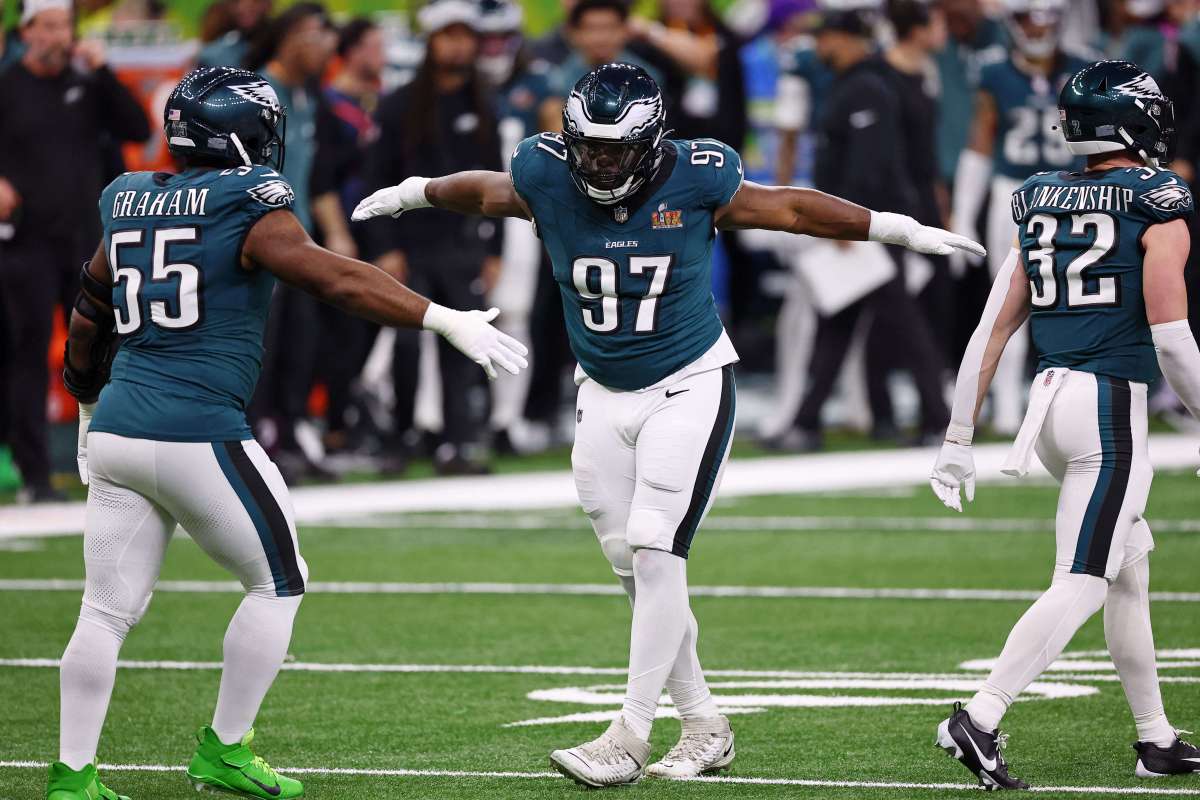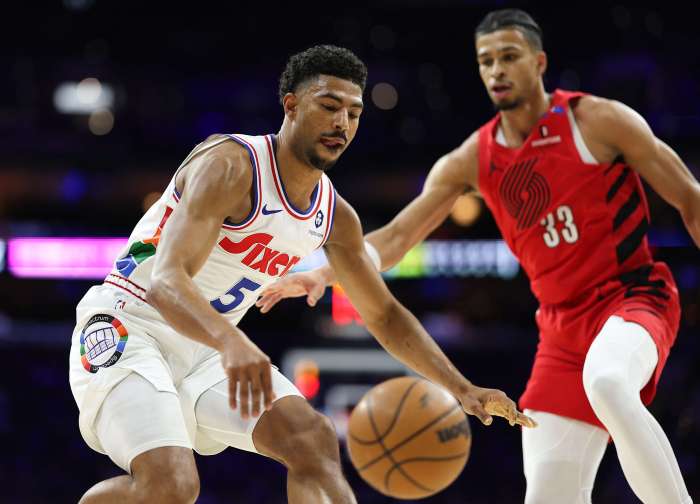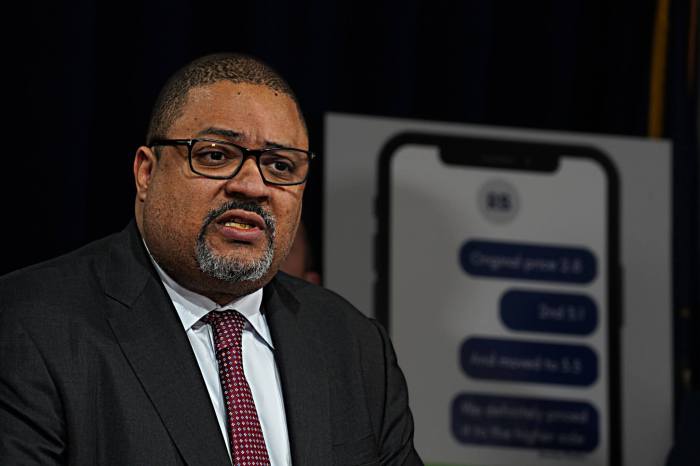By Sharon Bernstein
Severe COVID-19 infections are beginning to abate in many parts of the United States even as the death toll mounts, signaling an end to the pandemic’s post-holiday surge and prompting some states to ease public health restrictions.
A slow but steady reduction in the number of Americans entering hospitals with the disease has paralleled a choppy rollout of vaccines that also are expected to reduce spread of the coronavirus that causes it.
“We’re starting to see the light at the end of the horizon,” New Jersey Governor Phil Murphy told CNN on Wednesday. “I think this is now going in the right direction. It’s slow, admittedly.”
About 4,300 Americans died of COVID-19 infections on Tuesday, the third highest daily toll since the first U.S. case was identified almost exactly a year ago on Jan. 20, 2020. The United States, the country hardest hit by the pandemic, reported a total of 25.31 million cases and 425,120 deaths by day’s end on Tuesday.
Concerns remain that new variants of the virus from such places as Brazil and the United Kingdom might further spread infection, and the U.S. vaccine rollout has been uneven at best, frustrating doctors and patients alike who are having difficulty signing up for and receiving their shots.
But the number of patients sick enough to be hospitalized, a key indicator of the disease’s pace, spread and severity, has trended lower, falling 17.7% from a peak on Jan. 6 to 108,709, the lowest since Dec. 12, according to a Reuters tally.
Cases surged due to holiday gatherings starting with Thanksgiving in November and running through New Year’s Day, overwhelming hospitals and medical systems nationwide. But with the cases and hospitalizations on the decline, some U.S. states have slightly eased some of the tightest public health restrictions.
In California, Governor Gavin Newsom this week lifted a stay-at-home order that had affected much of the most populous state. The order allows hair salons to open with modifications and permits restaurants to reopen for patio dining. However many restrictions remain, including a ban on indoor worship services that affects most of the state.
In Ohio, Governor Mike DeWine said on Twitter on Wednesday that the state will make vaccines available next week to 91,000 teachers and personnel needed for in-person schooling of students. The state aims to reopen schools in March.
Citing a marked improvement in leading pandemic metrics, New York Governor Andrew Cuomo lifted economic restrictions in several areas across the state where infection rates had been high, and said he would soon have a plan to reopen New York City restaurants.
Cuomo halted indoor dining at the thousands of restaurants in New York City as hospitals filled with COVID-19 patients in mid-December, leaving eateries to rely on take-out business and makeshift outdoor pavilions for survival.
Public health officials say they are well aware that cases could increase again.
Reuters
